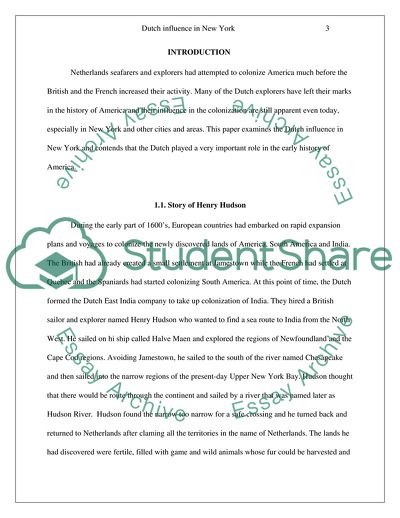Cite this document
(The Lasting Dutch Influence in New York Assignment, n.d.)
The Lasting Dutch Influence in New York Assignment. https://studentshare.org/history/1719304-dutch-influence-in-new-york
The Lasting Dutch Influence in New York Assignment. https://studentshare.org/history/1719304-dutch-influence-in-new-york
(The Lasting Dutch Influence in New York Assignment)
The Lasting Dutch Influence in New York Assignment. https://studentshare.org/history/1719304-dutch-influence-in-new-york.
The Lasting Dutch Influence in New York Assignment. https://studentshare.org/history/1719304-dutch-influence-in-new-york.
“The Lasting Dutch Influence in New York Assignment”. https://studentshare.org/history/1719304-dutch-influence-in-new-york.


